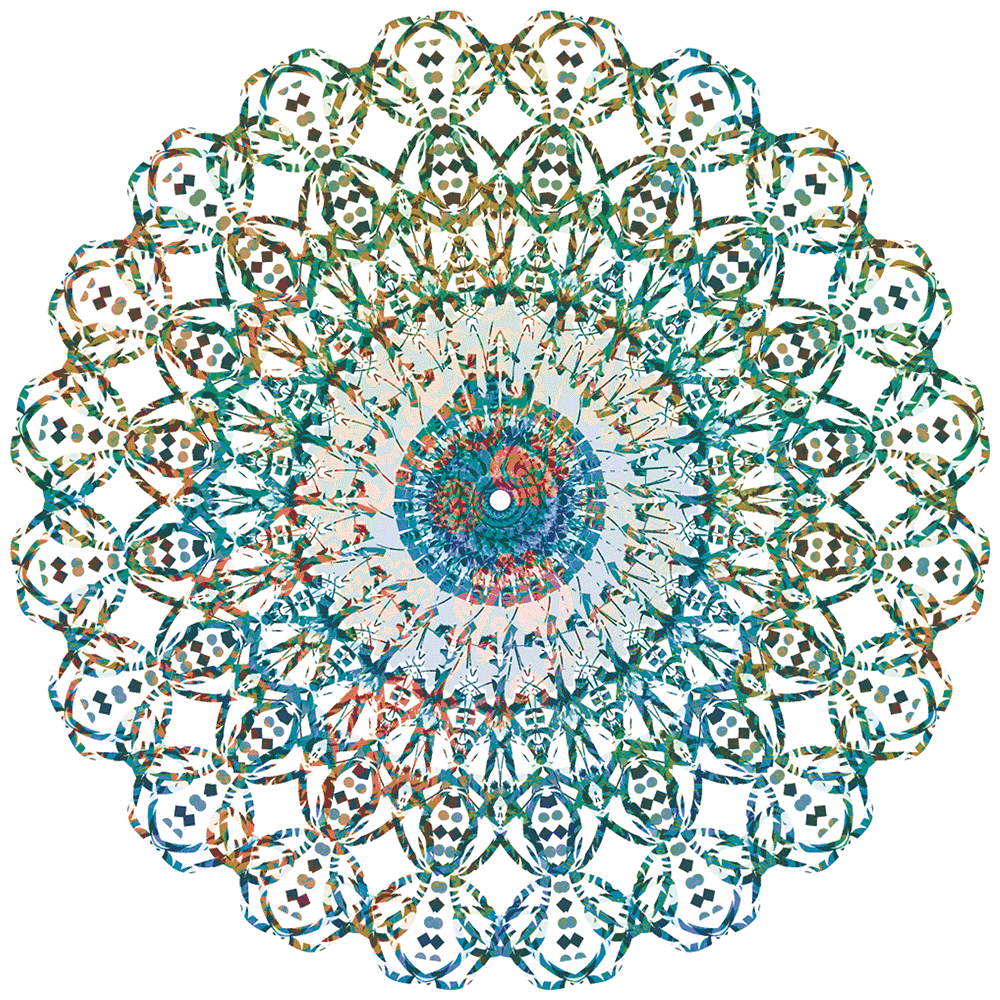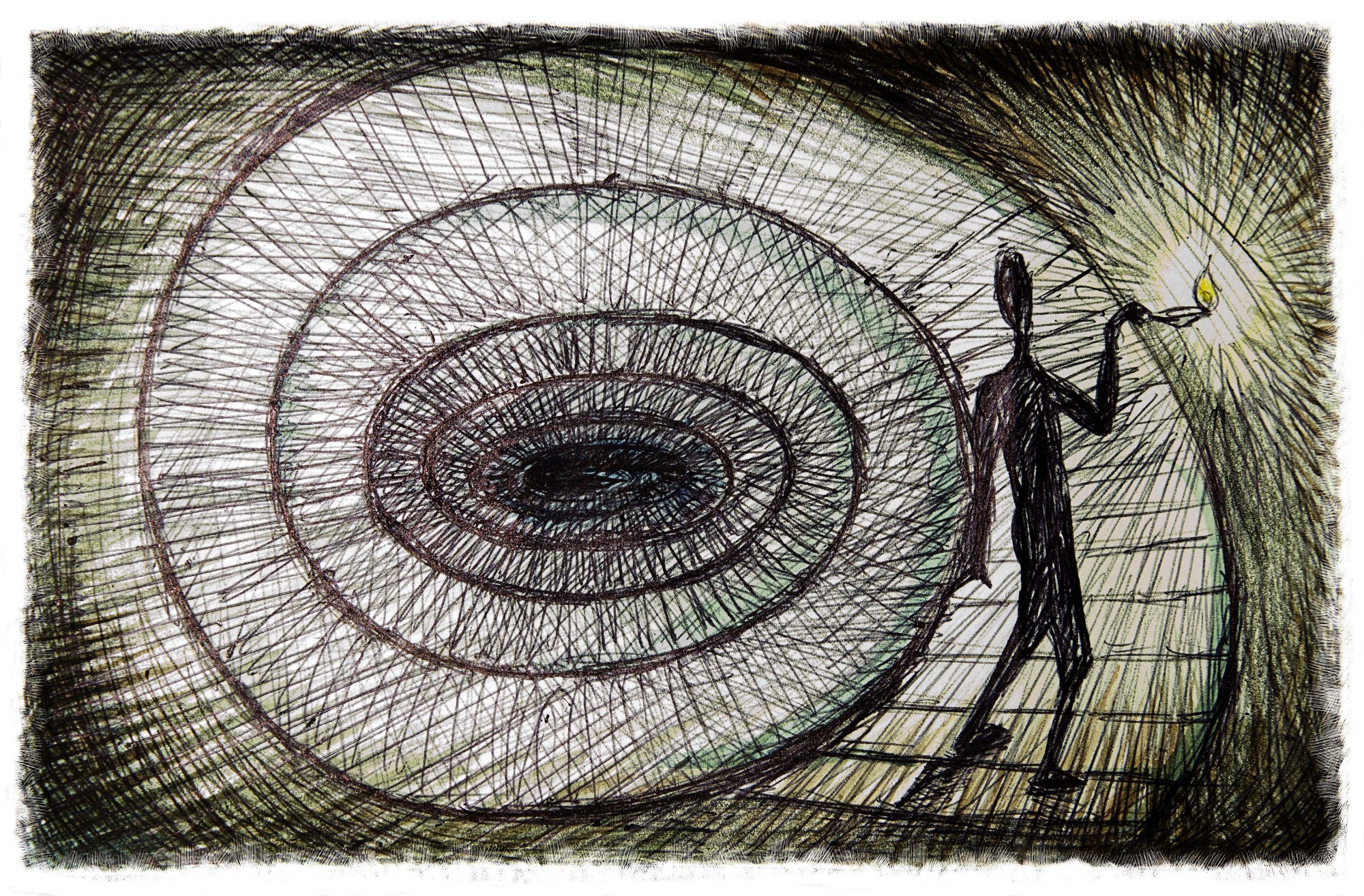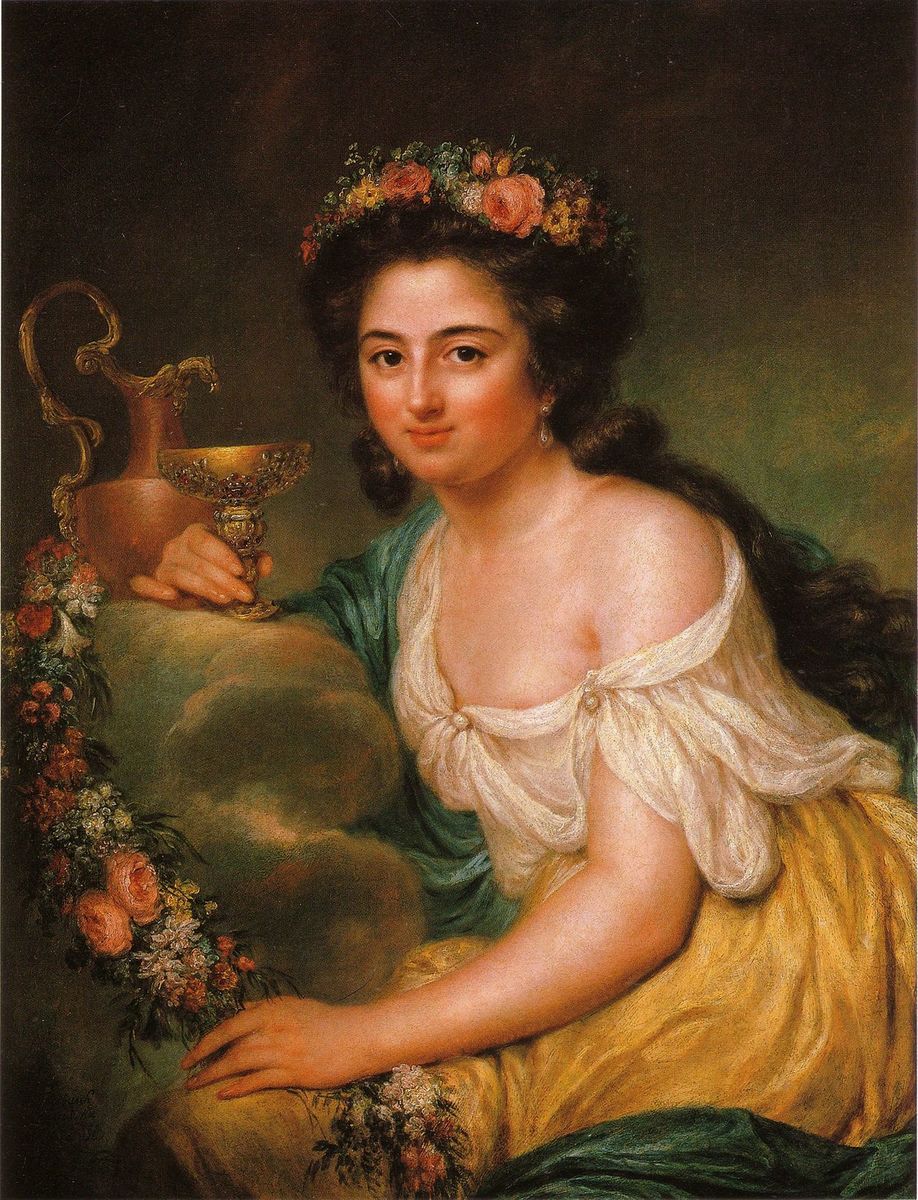Research
Katharina M. Galor
Senior Lecturer in Judaic Studies
Katharina Galor is currently leading a research project focused on children's drawings from Israel, the West Bank, and the Gaza Strip. The children involved come from a wide range of
backgrounds—including Jewish, Christian, Muslim, Druze, and Bedouin communities. Despite these diverse identities, their artwork vividly reflects the varied and often contrasting experiences of childhood shaped by a deeply asymmetrical and ongoing conflict. In collaboration with Dr. Moussa Amani and several students from Brown University, the project explores the
humanitarian and psychological impact of the Israeli-Palestinian conflict on young people. A curated selection of the drawings will be featured in exhibitions across the United States, Europe,
and the Middle East.

Jae Han
Assistant Professor of Religious Studies and Judaic Studies
Jae Han’s current research focuses on the writings of an ancient Christian heretical community known as the “Manichaeans.” Manichaeans were named after their eponymous “founder,” Mani Ḥayya, the “Living Mani,” who declared himself an “Apostle of Jesus Christ” in 3rd century Mesopotamia. Despite persecutions in both the Roman and the Sasanian Empire, the Manichaeans nevertheless produced literature in a wide variety of genres. Jae’s current project seeks to contextualize their literature as normal products of their time and place, especially vis-à-vis both Jewish literature (e.g., rabbinic literature, piyyut) and Christian literature, in both Syriac and Greek. The goal of this project is to push scholars to think about the Manichaean literature less as textualized theology, but as participating in — and at times, even preceding — literary developments in both Jewish and Christian communities.

David C. Jacobson
Professor of Judaic Studies
David C. Jacobson is currently writing a book on contemporary Israeli readings of the tales of the late 18th- early 19th- century Eastern European Hasidic master, Rabbi Nahman of Bratslav. In recent decades, Rabbi Nahman has been embraced throughout Israel as a culture hero whose teachings provide guidance for those who seek psychospiritual healing in a postmodern world. Taking into account the phenomenon of Nahman’s popularity in Israeli society, this book will focus on the discovery of Nahman by a range of writers. A considerable number of rabbis, psychologists, and academics have engaged in new interpretations of the tales composed by this creative spiritual leader. They discover in these tales a perspective on such human concerns as religious faith, psychological insights, existential issues, social interactions, and ethics that were radical in Nahman’s own day which sheds new light on what preoccupies people in Israeli society and throughout Western culture in the twenty-first century.
.jpeg)
Paul Nahme
Dorot Assistant Professor of Judaic Studies and Assistant Professor of Religious Studies
Paul Nahme’s current research focuses on race and affect. His current book project shows how racial formation relies on the flow of affects through discourses and bodies, shaping the attitudes and beliefs we find in secular European modernity and the disavowal of other worlds and beliefs that are ascribed to racialized others. Focusing especially on the racialization of Jewishness, this book asserts the enduring role of race and racial formation in Jewish identity. The project grapples theoretically with affect in psychoanalytic and critical theory and historically traces how the study of religion in the nineteenth century was shaped by feelings of disavowal and anxiety over the specter of other worlds and ways of being. It treats a number of different sources and theoretical conversations, ranging from deconstruction and contemporary psychoanalytic theory, theories of affect and emotion, the anthropology of religion and secularism, to Kabbalistic and Hasidic thought, critical race theory, anti-Semitism and anti-Black racism.

Saul M. Olyan
Samuel Ungerleider, Jr. Professor of Judaic Studies, and Professor of Religious Studies
The focus of my research is the history, literature and religion of ancient Israel, and the history of biblical interpretation. In recent years, textual representations of ritual and ritual's social dimensions (particularly, the production of inequality) have been abiding interests of mine. I have written on aspects of disability, death and the afterlife, social hierarchy, sexuality, purity and impurity, honor and shame, friendship, ritual violence, gender, and human and animal rights, among other subjects. My most recent major research culminated in a book entitled Animal Rights and the Hebrew Bible (Oxford University Press, 2023). Other recent books include Human, Divine, and Textual Relationships: Essays on the Hebrew Bible (Brill, 2024); Violent Rituals of the Hebrew Bible (Oxford University Press, 2019); and Friendship in the Hebrew Bible (Yale University Press, 2017).

Rachel Rojanski
Associate Professor of Judaic Studies
Rachel Rojanski is currently engaged on a short-term research project on the history of the Bund in Israel. Examining it not just as an immigrant organization seeking to continue the patterns of diasporic Jewish politics in the Jewish nation state, she is also exploring how the Bund as a leftist and vehemently anti-Zionist party tried to find its place within the Israeli left. A second project is a co-edited volume, entitled “New Perspectives on Women in Israeli Society” Her current long-term research project is a monograph on the Yiddish writer, public activist, and Holocaust survivor, Rachel Auerbach. An activist in the field of Yiddish in 1920s Galicia, a participant in the Yiddish literary milieu of interwar Warsaw, a key figure in documenting the Holocaust both in the Warsaw ghetto and on the “Aryan side,” and an important contributor to Israel’s Yiddish cultural life and Holocaust documentation and commemoration, Auerbach’s life thus provides an important prism through which to view the major events of 20th century Jewish history from a female perspective.

Ilustrirter vokhnblat the first Yiddish weekly in the state of Israel.
Michael Satlow
Dorot Professor of Judaic Studies and Professor of Religious Studies
My primary research area is the history of Jews and Judaism in antiquity, with a particular interest in social history. My last book, How the Bible Became Holy (Yale University Press), argues that the texts that ultimately became "biblical" had a far more complicated history among Israelites, Jews, and Christians, than has usually been recognized. In my forthcoming book, An Enchanted World: The Shared Religious Landscape of Late Antiquity, I look at how Jews, Christians, Greeks, and Romans on the ground related to the divine realm. This project also draws from "Inscriptions of Israel/Palestine" (inscriptionsisraelpalestine.org), an online database that I direct.
I am also now actively working on several digital humanities projects that involve the application of AI and machine learning to ancient literature. These include a network analysis of the rabbinic citation network as well the development of tools to detect word similarities and loanwords in rabbinic literature.
I teach a wide variety of courses to both undergraduate and graduate studies in both Jewish studies and religious studies. They include: "Great Jewish Books," "The Talmud," "Antisemitism: A History," "How the Bible Became Holy," and "Happiness and the Pursuit of the Good Life." I also lecture widely and blog (www.mlsatlow.com) sporadically.

Adam Teller
Professor of Judaic Studies and History
Adam Teller’s research focuses on the economic, social, and cultural history of eastern European Jews. In recent years, his work has taken two directions. One examines the transregional aspects of their history - the web of connections that joined them with other Jewish centers, creating what we today call, “the Jewish world.” The other focuses on the east European Jews’ experience of catastrophe. It is with these issues that his two current projects deal. The first traces the development of Jewish publishing in eastern Europe. Its goal is to reveal the roles – social, cultural, and economic - played by the Jewish book in connecting different centers in the Jewish world. The second examines the Holocaust through an eastern European lens. By broadening its view beyond just the actions of the Nazis, it shows the importance of the eastern European Jews’ relations with their various non-Jewish neighbors in determining their fates.

Erica Weiss
Visiting Associate Professor of Judaic Studies
Erica Weiss is Visiting Professor in the Department of Judaic Studies at Brown University for 2025–26. An anthropologist of religion and ethics, her work traces how Jewish communities, navigate responsibility for others in contexts of conflict and diversity. She has conducted research on conscientious objection in Israel, Jewish–Muslim reconciliation, and the role of political theology in shaping Jewish-non-Jewish relations. Currently, she is Principal Investigator of the ERC project The Praxis of Coexistence, a multi-sited ethnographic study in six countries that investigates how everyday Jewish, Muslim, and other communities practice coexistence in ways that challenge nationalist, xenophobic, and ethnically exclusionary paradigms. Weiss brings ethnography to bear on debates often dominated by philosophy and political theory, offering alternative moral and political grammars for thinking about pluralism, responsibility, and Jewish life in diverse societies.